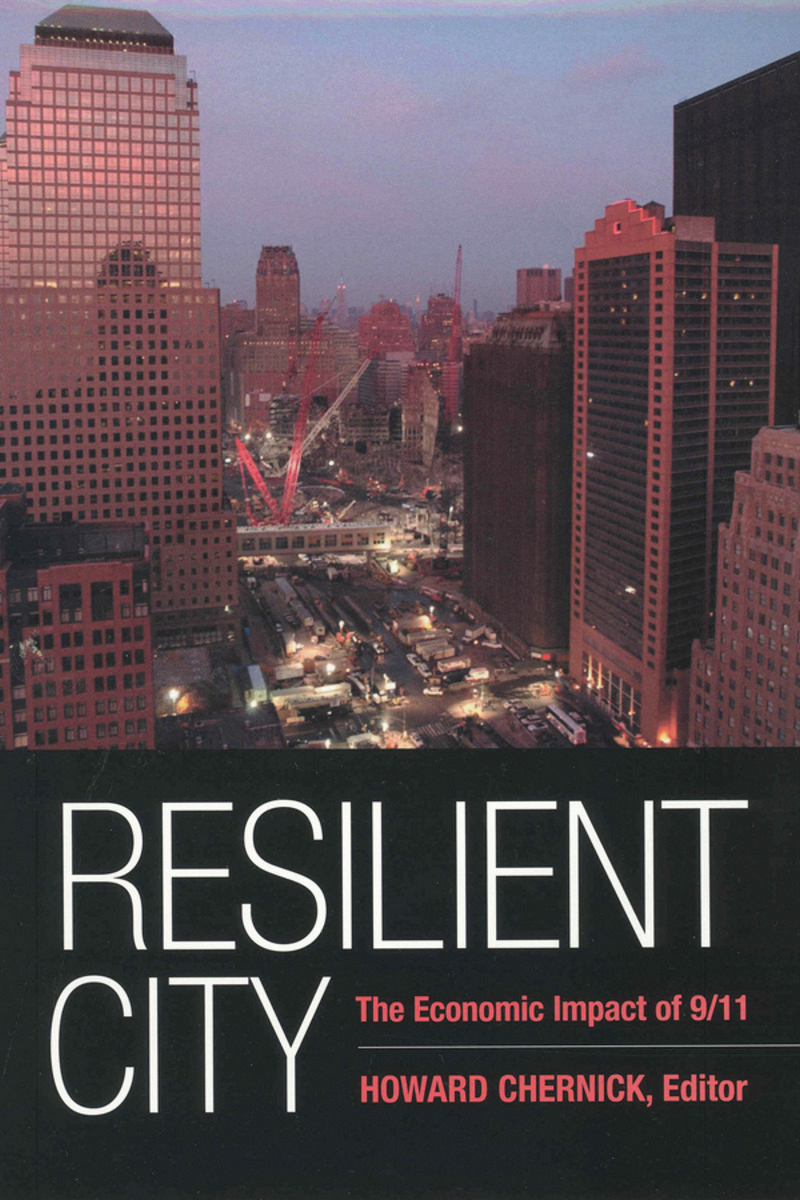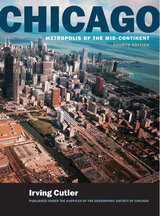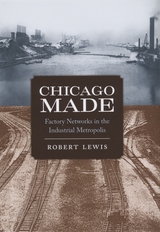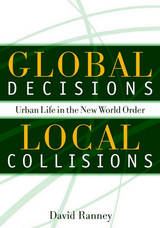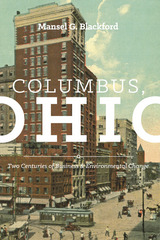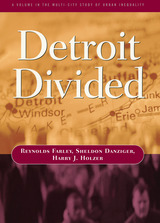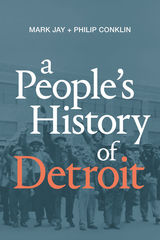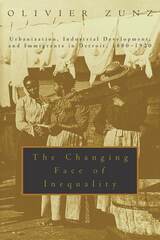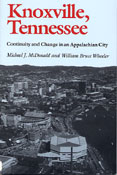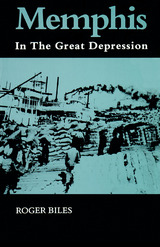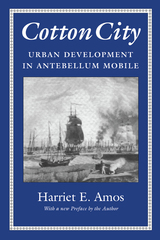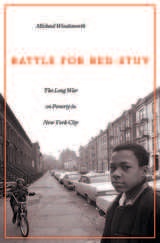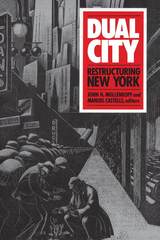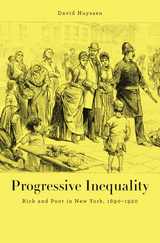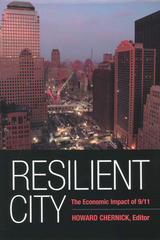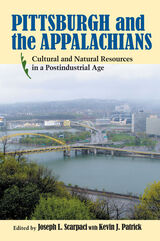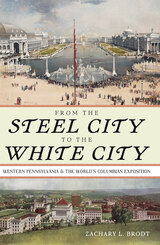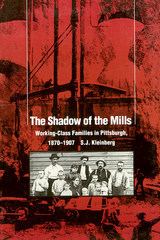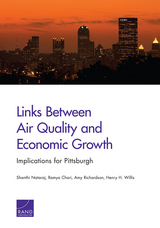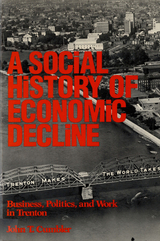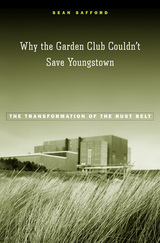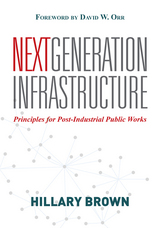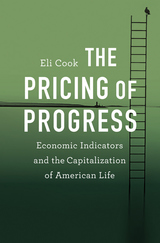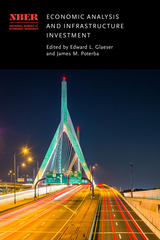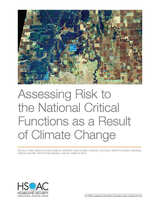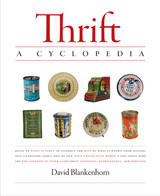Resilient City: The Economic Impact of 9/11
Russell Sage Foundation, 2005
Cloth: 978-0-87154-160-4 | eISBN: 978-1-61044-121-6 | Paper: 978-0-87154-170-3
Library of Congress Classification HC108.N7R47 2005
Dewey Decimal Classification 330.97471044
Cloth: 978-0-87154-160-4 | eISBN: 978-1-61044-121-6 | Paper: 978-0-87154-170-3
Library of Congress Classification HC108.N7R47 2005
Dewey Decimal Classification 330.97471044
ABOUT THIS BOOK | AUTHOR BIOGRAPHY | TOC
ABOUT THIS BOOK
The strike against the World Trade Center on September 11, 2001, was a violent blow against the United States and a symbolic attack on capitalism and commerce. It shut down one of the world's busiest commercial centers for weeks, destroyed or damaged billions of dollars worth of property, and forced many New York City employers to slash their payrolls or move jobs to other areas. The immediate economic effect was substantial, but how badly did 9/11 affect New York City's economy in the longer term? In Resilient City, Howard Chernick and a team of economic experts examine the city's economic recovery in the three years following the destruction of the Twin Towers. Assessing multiple facets of the New York City economy in the years after 9/11, Resilient City discerns many hopeful signs among persistent troubles. Analysis by economist Sanders Korenman indicates that the value of New York–based companies did not fall relative to other firms, indicating that investors still believe that there are business advantages to operating in New York despite higher rates of terrorism insurance and concerns about future attacks. Cordelia Reimers separates the economic effect of 9/11 from the effects of the 2001 recession by comparing employment and wage trends for disadvantaged workers in New York with those in five major U.S. cities. She finds that New Yorkers fared at least as well as people in other cities, suggesting that the decline in earnings and employment for low-income New York workers in 2002 was due more to the recession than to the effects of 9/11. Still, troubles remain for New York City. Howard Chernick considers the substantial fiscal implications of the terrorist attacks on New York City, estimating that the attack cost the city about $3 billion in the first two years alone; a sum that the city now must make up through large tax increases, spending cuts, and substantial additional borrowing, which will inevitably be a burden on future budgets. The terrorist attacks of September 11 dealt a severe blow to the economy of New York City, but it was far from a knock-out punch. Resilient City shows that New York's dynamic, flexible economy has absorbed the hardships inflicted by the attacks, and provides a thorough, authoritative A Russell Sage Foundation September 11 Initiative Volume
See other books on: 9 11 | Disasters & Disaster Relief | New York (N.Y.) | September 11 Terrorist Attacks, 2001 | World Trade Center (New York, N.Y. : 1970-2001)
See other titles from Russell Sage Foundation
